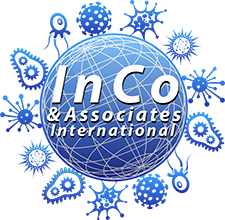Checklists for Infection Preventionists Working in ORs
New infection preventionists can use this checklist to perform IP rounds in the surgical suite, decontamination areas, and sterile processing area.
Preventing surgical site infections has long been the goal of hospitals across the United States. Important components for preventing SSIs are:
- Implementation of the US Centers for Disease Control and Prevention’s (CDC) 2017 updated guidelines for the prevention of SSIs.
- Compliance with recommendations for proper prophylactic antimicrobial use for its efficacy against pathogens causing SSIs for specific procedures.
- Self-monitoring of procedure and processes with the surgical suites.
- Rounding by the hospital’s infection preventionist.
- Following guidelines from credible organizations.
These are the key components to limiting or decreasing SSIs to 0 or as close to 0 as possible. This article will concentrate on surgical rounding by the hospital’s infection preventionist (IP). There are 4 key areas that the IP should focus on: the environment throughout the surgical suites, the surgical attire of staff, decontamination and the sterilization processes. New IPs can use this checklist to perform IP rounds in the surgical suite, decontamination areas, and sterile processing area. Included with each question is a rationale that can be used as training for the new IP. Developing well-run, infection-free surgery and post-surgical practices is important in today’s market of reimbursement that rewards good performance.
